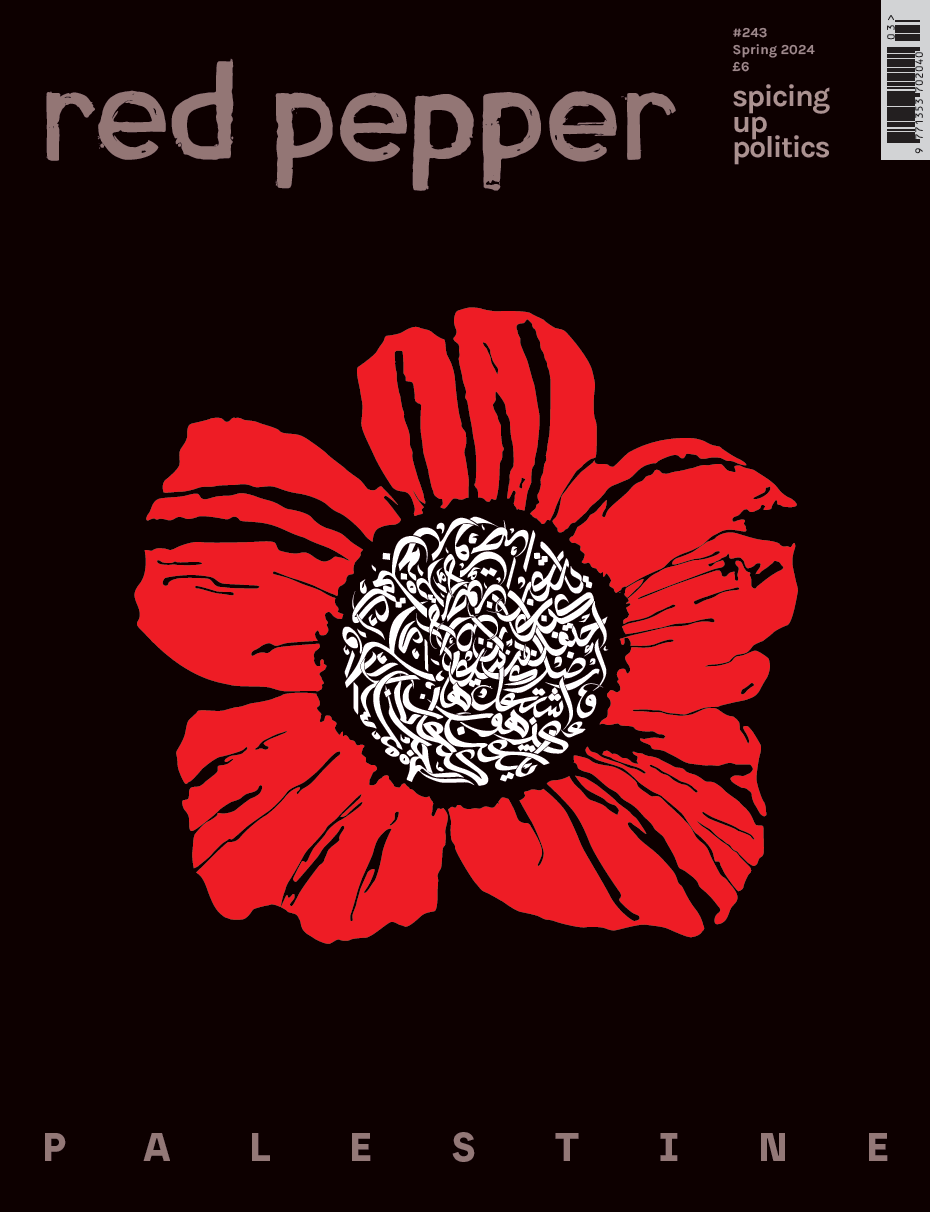Sri Lanka, the ultimate island travel destination, has been in the headlines for all the wrong reasons. We are in the middle of our worst economic crisis in history, with rock bottom foreign reserves and absurdly high inflation rates. All major sectors are affected and people are lacking basic essentials such as food, medicine, cooking gas and fuel. Daily electricity cuts and queues of unimaginable scale have become commonplace across the country, resulting in the deaths of fifteen people so far.
In response, a people’s movement unlike any seen before in the world – insofar as the speed at which those in power were disposed of peacefully – has bloomed. As the movement has emerged, so too has the hope for a new Sri Lanka and all that encompasses; economically, politically and culturally. I am humbled to have been a part of this ever-evolving movement and share it with the world.
Roots of crisis
As wonderful as this paradise island is, Sri Lanka is a post-colonial, developing nation that’s had its fair share of hardship. The bloody civil war – that endured for almost thirty years and ended as recently as 2009 – devastated lives and families, rendered the North-East of the island inaccessible and underdeveloped and resulted in the loss of around 100,000 lives.
The war resulted in a bloated military budget that has remained high even after officially ending. This is because the state has, in essence, maintained military occupation in the North and East, oppressing the Tamil community and setting up for a shrinking budget including a lack of foreign reserves and dwindling rupee levels for government spending. We also experienced the ravaging effects of the Indian Ocean Tsunami of 2004. Additionally, the psychological impact from the 2019 Easter terrorist bombings still haunts us, and our tourist sector – on which the economy heavily relies – took a massive hit from the Covid-19 pandemic.
Decades of political mismanagement and corruption played an equally important role in the current crisis. Members of the former ruling Rajapaksa family – who have been in power for much of my lifetime – are blatantly nepotistic, exemplifying the corrupt nature of politics in Sri Lanka. Aid money earmarked to help rural coastal dwellers that lost everything in the tsunami was syphoned off by the Rajapaksas, in addition to billions of dollars in public money that disappeared during their reign.
The struggle
The people’s movement, known locally as ‘the Aragalaya’ in Sinhala – literally translating to ‘the struggle’ – has transcended ethnic, gender and class barriers to levels not seen before in Sri Lanka. All people have been affected by the crisis and have come together to show dissent towards the ugly and corrupt political culture that has plagued the nation for long enough.
The protests started small and seldom in February, limited mostly to rural parts of the island. But as shortages worsened and power cuts hit a record thirteen hours a day, plans for an island-wide demonstration on 3 April spurred the government to impose a nationwide curfew and bar phone networks and social media. This crackdown on our right to peaceful (and damn well justified) protest galvanised the public to break the curfew, undermining the authority of President Gotabaya (Gota). From 4 April mass-scale protests began calling for him and his cronies to resign. The movement became an occupation, established by the construction of multiple protest occupations around the country named ‘GotaGoGama’ (‘gama’ translating to village). The demands of the Aragalaya evolved from simply asking Gota to ‘go home’ (alternating with ‘go to jail’), to demanding a new system of transparency and accountability, including constitutional change and the abolition of executive presidency.
Over its lifespan, the Aragalaya has withstood constant undermining, attempts at political hijacking from opposition parties, powerful state propaganda, and even a state sponsored attack on occupations by pro-government goons resulting in injury and destruction. Throughout, activists have faced unlawful arbitrary arrests, state intimidation tactics, police brutality, tear gas, water cannons, and on occasion live ammunition. This has been alongside the challenge of keeping together a dynamic and complex movement of different civil society groups, factions and individuals that can win its demands.
Deposed power
After the attack on the Galle Face occupation (in the capital Colombo), Mahinda Rajapaksa finally resigned as Prime Minister on 9 May, also resulting in the dissolution of the cabinet. The ‘Country to Colombo’ protest followed in July, during which three state buildings – the official residences of the President and Prime Minister and the Presidential Secretariat – were stormed and occupied. After this, President Gotabaya (brother of Mahinda Rajapaksa) resigned while in self-imposed exile. News and images from the day swept international media and truly brought the Aragalaya to a global audience.
Despite these victories, we are not yet close to winning. Six-time former Prime Minister Ranil Wickremesinghe has now been voted in by our crooked parliament as President. It is well known that Wickremesinghe’s role is to protect the interests of the Rajapaksas. Indeed, Rajapaksa money allegedly influenced MPs and backed Wickremesinghe’s campaign prior to the parliamentary vote. Ranil was accused of involvement in the 2015 insider trading bond scam and is alleged to be connected with the infamous ‘Batalanda’ torture that ensued in a detention camp during 1988 and 1989. He is clearly not the just, accountable and uncorrupt leader we were hoping for after all our efforts.
We were starkly reminded of this on 22 July, during the first twenty-four hours of his presidential appointment, in which peaceful protestors at the Galle Face occupation were brutally attacked by military and unidentifiable private security personnel in the middle of the night. Those attacked included lawyers, monks, disabled people, international media reporters and women.
As the crackdown continues, dished out by the returning old power, the Aragalaya too will continue until we begin to see signs of system change. I believe our movement could inspire other people living under corrupt regimes worldwide, and I hope that in my lifetime I will see a transparent system in Sri Lanka, free of corruption, and based on meritocracy. I have hope that if we don’t live to see it, our children will, because a fire has been started that will not be put out. We cannot change the political culture overnight, but the unity, awakening, and realisation of the power of the people that this country has experienced is the first step to our liberation.










